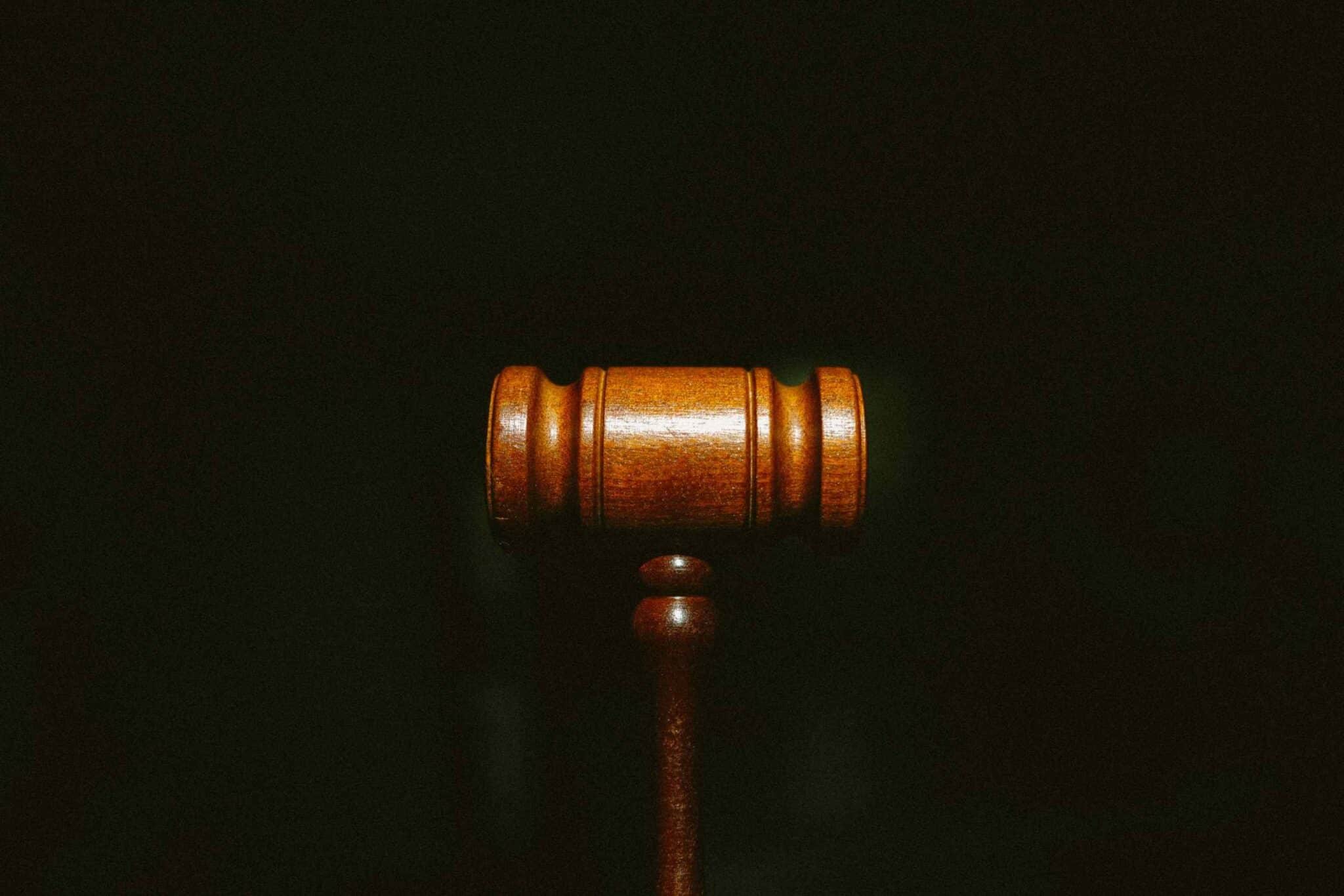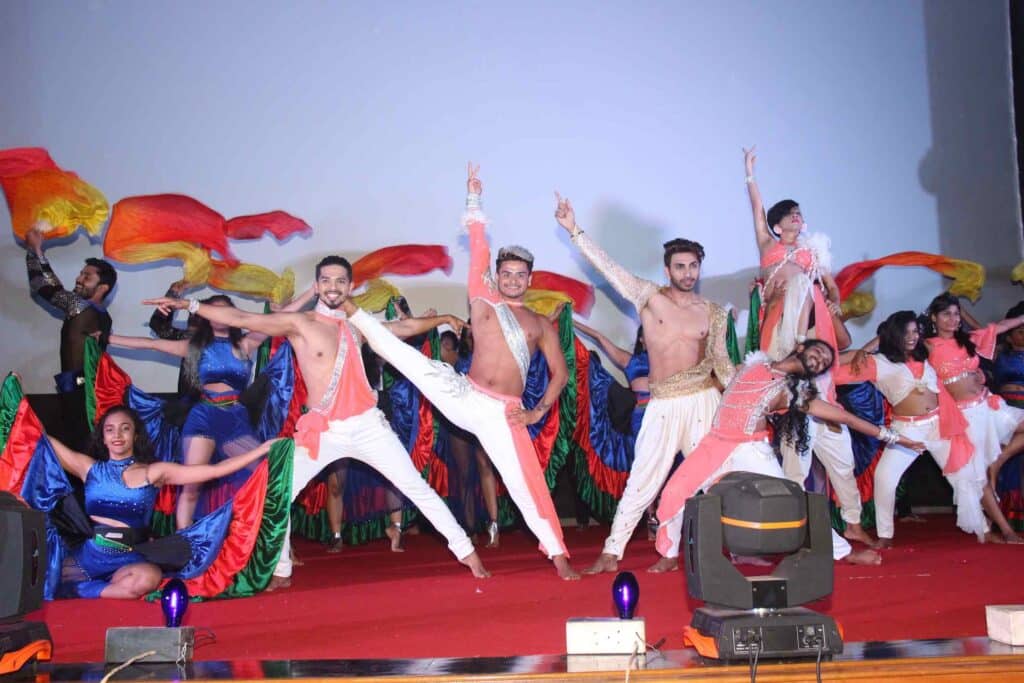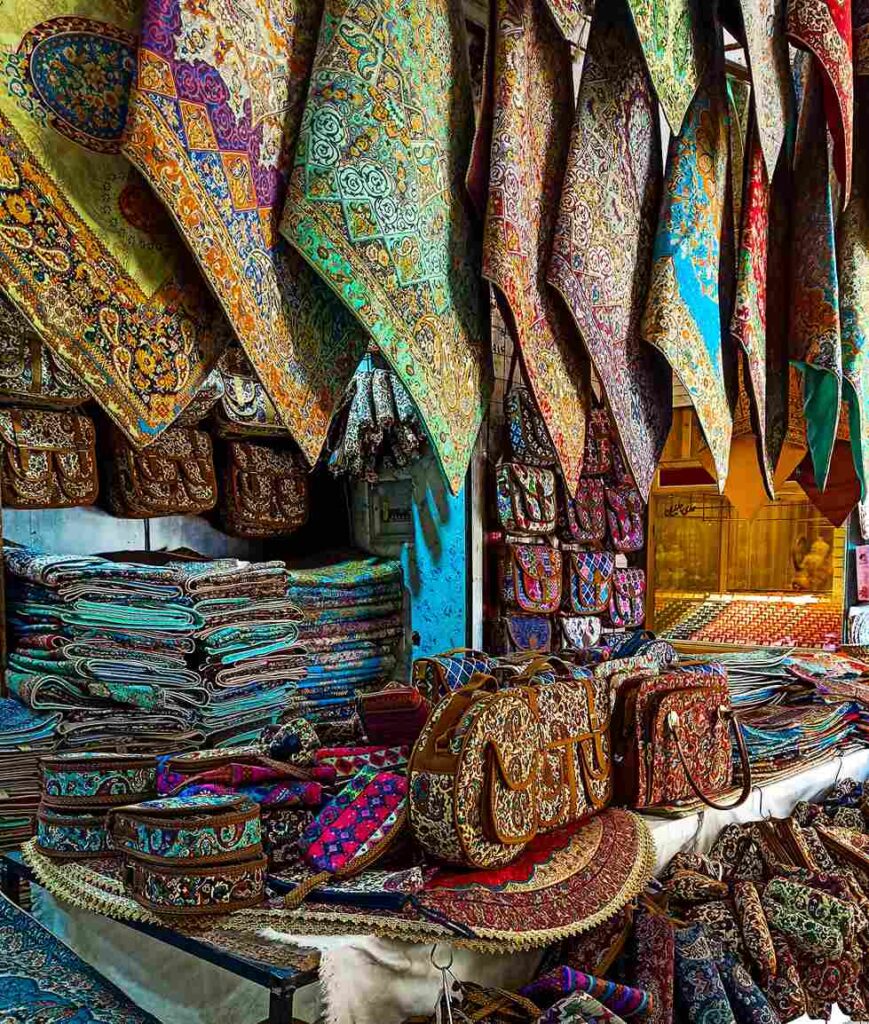In the second part of this two-part series, we cover what a creative person should know about legal recourse.
Here a comedian is accused of making ‘indecent’ remarks, there a play is stopped by ‘offended’ parties, somewhere an author finds a book being banned for ‘inciting religious discord’. In the second part of this two-part series, lawyers Priyanka Khimani, Yashka Banker, Ruhani Sanghavi, and Janvi Vora explain what might happen should artists and creators find themselves enmeshed in legal proceedings the legal recourses that are availble to them.
The right to free speech and expression as ingrained in our constitution is not an absolute one. Apart from the reasonable restrictions imposed under Article 19 (1) (a) of the Constitution, India has several other laws that lay out the manner of exercising one’s freedom of speech and expression. While these are put in place to protect a person’s right to freedom of speech and expression, more often than not, these laws are used to silence artists or restrict their right to freedom of speech and expression.
Examples of these laws include:
- Section 153A of the Indian Penal Code, 1860 prohibits a person from promoting enmity between different groups on grounds of religion, race, place of birth, residence, language, etc. through words, either spoken or written, or by signs or by visible representations or otherwise and further prohibits one from doing any act prejudicial to the maintenance of harmony.
- Sections 292 to 294 of the Indian Penal Code, 1860 enumerates offences prohibiting the sale and distribution of art and literature works including books, pamphlets, papers, writings, drawings, paintings, representations, etc., which are considered to be obscene as defined under Section 292. Additionally, Section 293 and 294 prohibit the sale and distribution of obscene objects to a person under the age of 20 (twenty) years and the performance of any obscene act, song or ballad in a public place.
- Section 295A of the Indian Penal Code, 1860 states that any person who insults or attempts to insult the religious beliefs of a class of people by way of words, signs or otherwise with a deliberate and malicious intention, shall be punished.
- Section 499 and 500 of the Indian Penal Code, 1860 entails provisions in relation to defamation and prohibits spoken or written words, signs or representations intended to harm a person’s reputation.
There have been several instances where courts have stepped in to protect one’s freedom of speech and expression. In the case of M.F. Husain vs. Raj Kumar Pandey, where Husain’s famous painting ‘Bharat Mata’, which depicted India in the form of a naked woman, was alleged to be obscene, defamatory and hurtful to Indian sentiments, the Delhi High Court, inter alia, held that:
Art and authority have never had a difficult relationship until recently. The courts have been grappling with the problem of balancing the individuals’ right to speech and expression and the frontiers of exercising that right. The aim has been to arrive at a decision that would protect the “quality of life” without making “closed mind” a principal feature of an open society or an unwilling recipient of information the arbiter to veto or restrict freedom of speech and expression.
As a matter of fact, the aesthetic touch to the painting dwarfs the so called obscenity in the form of nudity and renders it so picayune and insignificant that the nudity in the painting can easily be overlooked.
In the famous case of M.S. Dhoni vs. Jayakumar Hiremath, the Appellant was challenging the criminal proceedings filed against him for being portrayed as Lord Vishnu on the cover of a magazine with the headline, ‘God of Big Deals,’ which the plaintiff said hurt the religious sentiments of Hindus. The Supreme Court, while limiting the applicability of Section 295A of the India Penal Code, 1860, held that:
In another case, the Bombay High Court, while quashing a FIR against members of an art-rock live performance project, Dastaan Live, held that the police should be sensitive and cautious while registering complaints that involve outraging religious sentiments, as not only freedom of speech and expression but also one’s reputation is at stake and that this was “an unwarranted assault on creativity and freedom of speech and expression itself.”
In most cases, art professionals and managers penalised for such offences are charged with an imprisonment term or fine or both.
Should one find themselves in this unfortunate situation, there are several recourses available to them. In such matters of false arrests and frivolous FIRs, one can file an application for bail under Section 437 or 439 of the Criminal Procedure Code, 1973 (CrPC) or an application for anticipatory bail before a high court or sessions court under Section 438 of the CrPC.
Thereafter, one can also file an application for quashing the FIR under Section 482 of the CrPC. The Supreme Court of India has laid down several guidelines for quashing a FIR: no prima facie case; absence of a cognisable offence; commission of crime not disclosed; lack of evidence; and legally barred and vexatious proceedings.
Additionally, one can:
- File an application to discharge the accused under Section 227, 239 or 251 of the CrPC;
- File a civil suit for defamation before the relevant court under Section 19 of the Code of Civil Procedure, 1908;
- File a criminal complaint before the concerned magistrate under Section 211 of the Indian Penal Code, 1860 which provides punishments for a false charge made against a person with an intention to cause them injury;
- File an application before the concerned magistrate under Section 182 of the Indian Penal Code, 1860, which provides punishments for a person giving false information to public servants with the intention to cause that public servant to take actions against the accused
Alternatively, one can also file a Writ Petition under Article 226 of the Constitution of India.
In addition to the above, any person aggrieved of cyber defamation can lodge a complaint with the Cyber Crime Investigation Cell on the National Cyber Crime Reporting Portal.
While the Courts have repeatedly upheld the rights of artists and managers, there are certain arguments they can make to defend themselves, namely:
- That the intention of the work was always bona fide;
- That the work was created in public interest;
- That the work was merely an honest expression of opinion by artists;
- In cases of defamation, one can use the defence of truth, which is an exception to defamation.
However, it is important to remember that there is no straitjacket solution and these defences are subject to the facts and circumstances of a particular case.
Since this information can be intimidating especially when experiencing such a situation first hand, we highly recommend consulting a lawyer before taking any steps, including posting about it on social media.
It is pertinent to note that while the courts are slowly progressing towards recognising and protecting the rights of an artist, the art world in India seems to prefer to censor themselves and limit their creativity due to the ever-increasing fear of censorship. Though the world as a whole may be moving towards modernism and scientific progress, for many, religion and morals still remain a fundamental part of their lives.
However, it is necessary to ensure that while there are reasonable restrictions put in place to protect an artist’s freedom of speech and expression, the same laws are not used to curb their rights to free expression.
In Pablo Picasso’s words “Art is never chaste. It ought to be forbidden to ignorant innocents, never allowed into contact with those not sufficiently prepared. Yes, art is dangerous. Where it is chaste, it is not art.”
This article first appeared in Culture Wire on 15 October 2021.




Share on